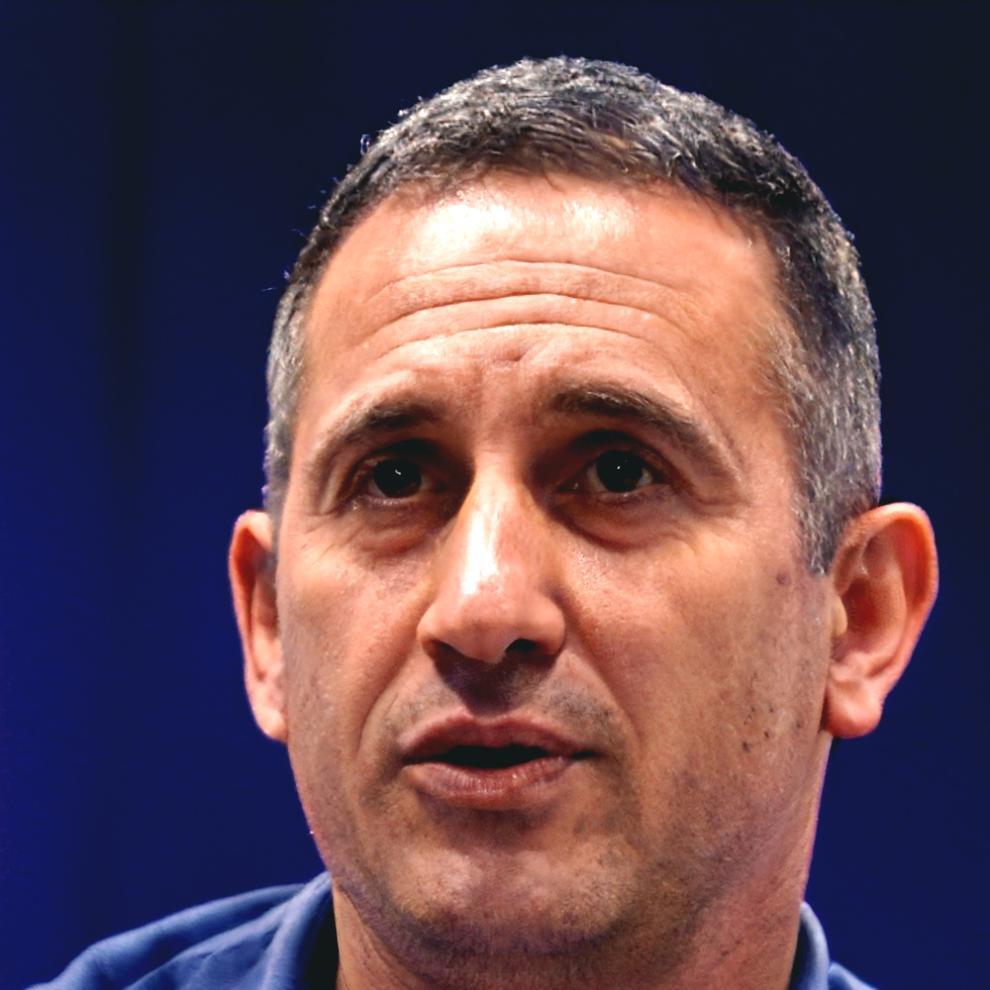Real Expertise Built Through Years of Budget Challenges
We started ladorimavenos because we kept seeing the same pattern everywhere.
Businesses had spreadsheets full of numbers but couldn't quite figure out why their projections never matched reality. The disconnect between planned budgets and actual spending wasn't just frustrating—it was costing real money. So back in early 2019, we decided to focus specifically on that gap. Not flashy software. Not complicated consultancy. Just practical budget variance analysis that actually helps Australian businesses understand where their money goes.
How We Actually Got Here
Before ladorimavenos existed, we were working with mid-sized companies around Darwin and across the Territory. The same conversation kept happening. CFOs would show us their quarterly reports and ask why department spending was off by 15% or 20%. Sometimes more.
The answer was never simple. It wasn't just overspending or poor planning. Usually it was a combination of things: seasonal fluctuations nobody tracked properly, vendor price changes that weren't updated in forecasts, departmental requests that bypassed normal approval channels.
We realized most businesses needed someone to actually look at the patterns. Not just point out the differences between budgeted and actual figures, but explain what was driving those variances and what could realistically be done about them. That became our entire focus by mid-2020, and it's still what we do today.

What Actually Matters to Us
Honest Assessment
We don't sugarcoat variance reports. If your Q3 marketing spend exceeded budget by 28% because someone approved ad campaigns without checking available funds, that's what we'll tell you. Then we'll help figure out how to prevent it happening in Q4.
Practical Methods
Our analysis connects to whatever systems you're already using. Most of our clients still work primarily in Excel or Google Sheets, and that's completely fine. We adapt to your workflow rather than forcing you to change everything just to work with us.
Clear Context
Numbers without context aren't particularly useful. When we show you a 12% variance in operational costs, we also explain whether that's within normal range for your industry, how it compares to your historical patterns, and what specific line items are driving the difference.
The People Doing the Work
We're not a huge team. Just experienced finance professionals who genuinely enjoy digging into budget data and finding the story behind the numbers.

Terrence Whitlock
Senior Variance Analyst
Terrence spent twelve years at regional accounting firms before joining us in 2021. He has this particular talent for spotting patterns in spending data that most people miss completely. His background includes operational finance for retail and hospitality businesses, which means he understands seasonal variance better than just about anyone we've worked with.
Specializes in multi-department budget reconciliation and identifying systematic variance causes across quarterly cycles.

Kip Rutherford
Budget Analysis Lead
Kip came from internal audit work at manufacturing companies, where he developed detailed methods for tracking cost variance down to specific production shifts. He joined ladorimavenos in 2022 because he wanted to focus specifically on helping businesses improve their forecasting accuracy rather than just reporting what went wrong after the fact.
Focuses on developing customized tracking frameworks that help clients understand variance trends before they become major budget issues.

What Working With Us Actually Looks Like
Most engagements start with us reviewing your last six to twelve months of budget versus actual data. We're looking for patterns, not just isolated incidents. Then we set up regular analysis cycles—usually monthly or quarterly depending on your business rhythm.
You get detailed variance reports that explain not just where the differences are, but why they're happening and what factors you can actually influence. We don't promise instant fixes or perfect forecasting. Budget variance is often about understanding trends and making incremental improvements over time.
If you're dealing with consistent budget overruns or unexplained spending patterns, we can probably help. Our approach works best for established businesses with at least two years of operating history to analyze.
Discuss Your Budget Challenges